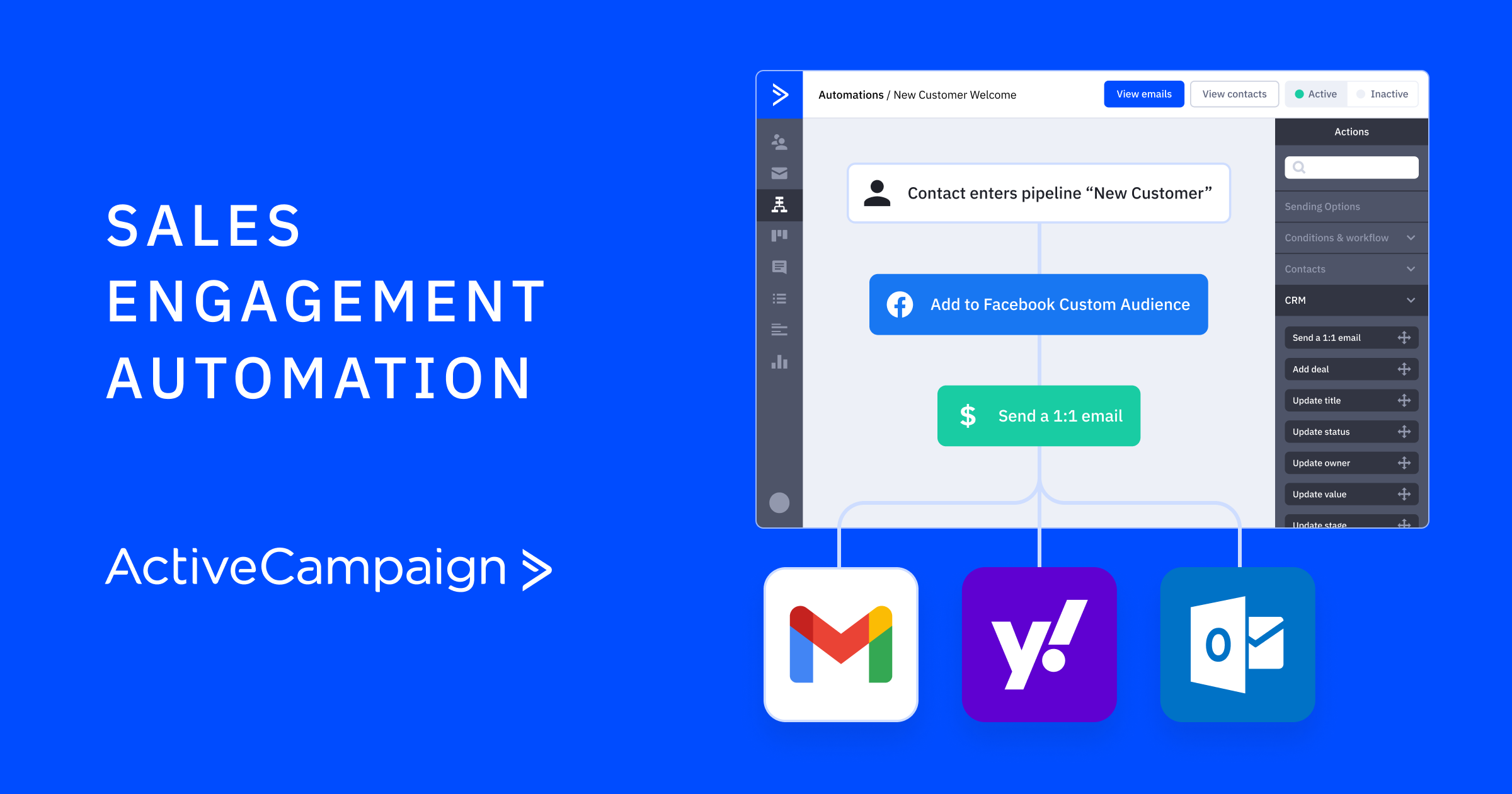How Can Marketing Automation Drive Positive Change for Public Schools?
FACTS: In 2019, California’s K-12 public schools experienced the biggest drop in enrollment in five years (four times the previous year’s loss), while the number attending charter schools in the state increased from roughly 545,000 students to almost 653,00. All told, 34,135 fewer students enrolled in Californian public schools in the 2019 compared to the previous school year. Significant trends over the last five years show an overall 0.8 percent decline in statewide public school enrollment.
Declining public school enrollment adversely affects school districts across the country. Competition for top students continues to intensify as alternative education options such as charter, online, private and home-schooling become more readily available. The reduction in student headcount means a coinciding decline in funding for public schools. Gone unchecked, this leads to operating cost pressures, as well as resource, program and staffing reductions. Additionally, forecasting upcoming semesters’ enrollment is hampered significantly by lack of accurate demographic data. This is not a healthy cycle for any organization, private or public, non or for-profit.
In our recent interactions with public school administrators and teachers, we see a growing challenge in maintaining healthy and engaging relationships with families, caregivers, and guardians of students. Certainly, there are instances where high-performing teachers are able to stay closely connected with families and caregivers and respond to their changing needs or expectations in real-time. However, for the majority of students and their families or care-givers, this critical connection is eroding.
This is where a successful set of tools and methods in the business community can help. While the increasing reliance on today’s technology for general education correspondence, social interaction and community connection can strain the personal ties between educators and families, properly leveraging the use of that same technology can satisfy students’ need for connection and consistent positive interactions.
With the aid of tools initially designed for marketing automation, these interpersonal connections can be facilitated efficiently between teachers, students, and communities.
A few of the value-adds of marketing automation for public schools include:
- More quality email content, including tailored messages to specific communities
- Performance data for both emails and web content, including click-through and bounce rates — meaning valuable insight into which messages resonate versus those falling flat with an audience
- Customer journey analysis — understanding specific interests in the school or school system’s website by knowing where people visited, and for how long
- Personalization — translated as tailoring email content to go only to families or students with their need to know or interest
- Identifying visitor location to better understand shifting demographics and aid in future forecasting
- Targeted outreach to potential student populations to showcase public school programs and offerings
By harnessing the power of marketing automation, schools can improve their engagement with families, caregivers, and students. When engagement is high, greater loyalty to the school and district will follow. As one public school administrator put it, “we need to run our schools more like a business… We need to find a way to leverage technology to enhance our “intimacy” with families. Marketing automation will help us to get there.”




.png)

